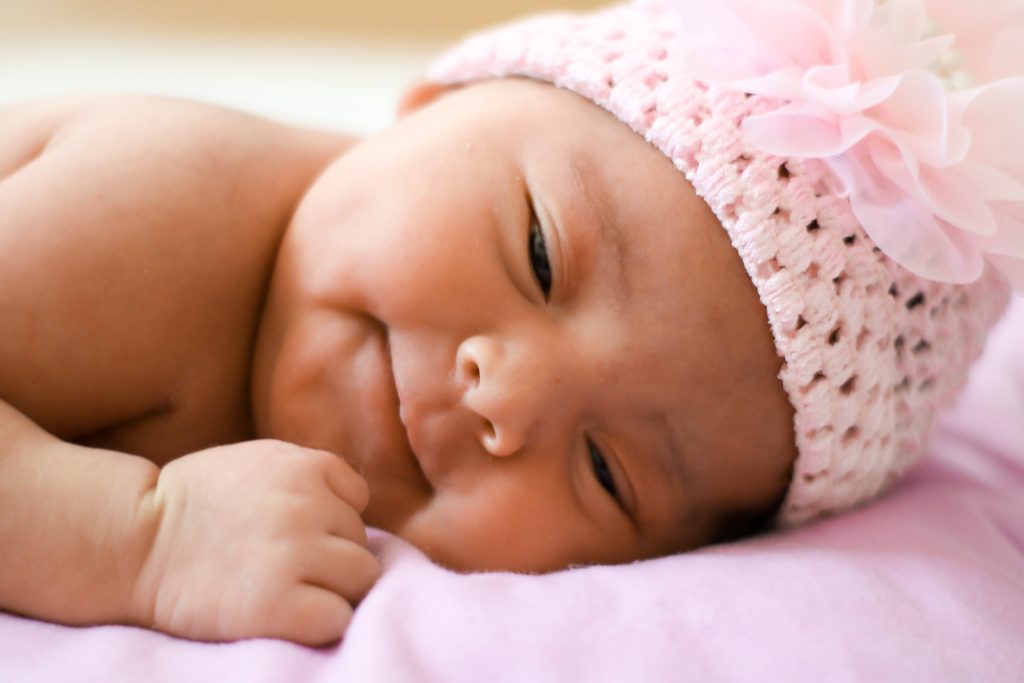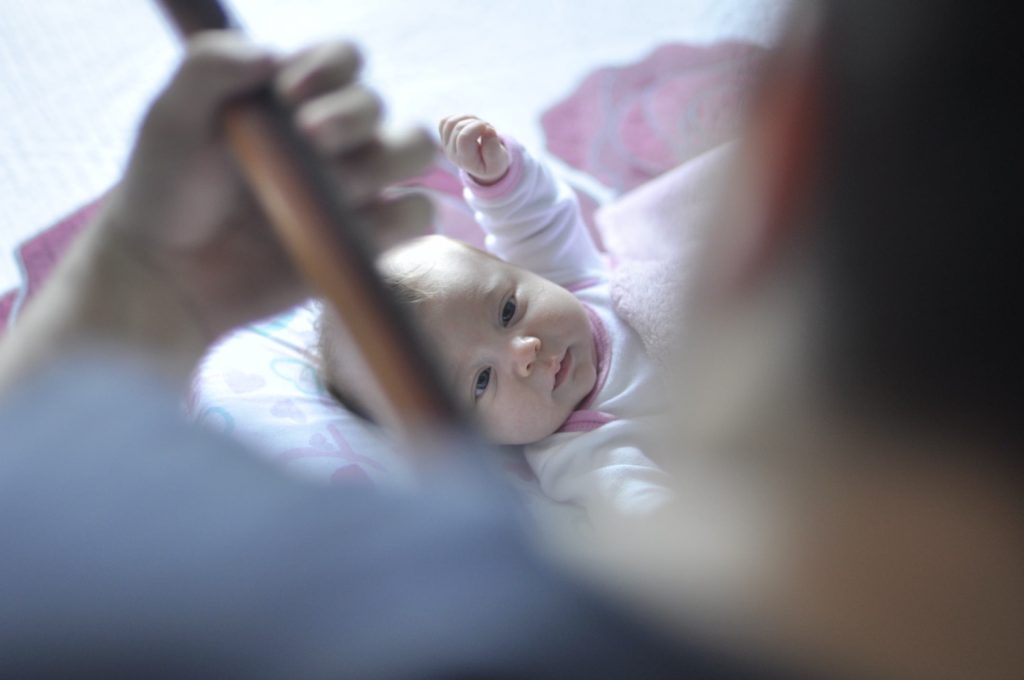Pregnancy in Japan: Birth Experiences
Personal Stories
On paper, Japan is a great place to give birth. According to Central Intelligence Agency's World Factor 2015 data, Japan has the third lowest infant mortality rate and ninth lowest maternal mortality rate in the world, according to the same source's latest figures from 2010.
While the statistics are reassuring, I would go out on a limb to say that the average woman is more interested in the looming question “what will it actually be like to go through the most earth-shatteringly emotional and painful thing I’m likely to experience in life—in Japan?” How the labor and birth will go is the great unknown that lurks in the minds of most pregnant women, one that may be of even greater concern for those living in a foreign country.
I myself chose to go to New Zealand to give birth as it worked out to be good timing for a visit with family. This, combined with the knowledge that the childbirth and childcare lump-sum grant is provided to anyone who has Japanese health insurance (even if giving birth overseas), meant that it made sense for us at the time. Particularly so when considering birth costs are completely publicly funded in New Zealand.
In preparing to give birth in Japan, you might come across tales of woe that merely add to your trepidation.
I’ve read stories of husbands being prevented from entering the birthing suite, laboring women being encouraged to endure in silence and medical staff withholding pain medication despite promises to the contrary. It definitely pays to do your research, and, as always, nothing beats hearing the first-hand experiences of those who have been there and done that.
In heeding this wisdom, we bring you the reflections of several fantastic mothers who have given birth in the Tokyo area. Naturally, experiences vary depending on personal circumstances and the chosen birthing facility. On the whole, however, all agreed that Japan is indeed a great place to give birth.
The Birth in a Tatami Room
Danae recently gave birth to her second child at Higashi-Yamato Midwife Clinic (Higashi-Yamato). The clinic is run by an experienced midwife who came highly recommended to Danae by an acquaintance. Danae enjoyed the experience of laboring and giving birth in a tatami room and found that the midwife allowed her to move around and take whatever position she felt was best. She greatly appreciated the constant support she received from her midwife who remained by her side throughout the labor and delivery, and was surprised to find that she was encouraged to scream! Her husband and toddler were also allowed to come and go as they pleased.
The Water-Birth Plan
Kaori chose to give birth at Nisseki (Nihon Sekijuji Iryo Center, Japan Red Cross Medical Center, Hiroo) because it is close to her home, offers a water-birth plan, and is slightly cheaper than the more well-known hospitals in the area. While her plan of a water birth went out the window early on (due to her waters breaking at home), she was satisfied with the care she received. In the end she had to be anaesthetised to deal with a complication in removing the placenta, but found that the doctors acted promptly to resolve the problem. Aside from that, her husband was allowed to stay with her the whole time, as was her baby. Because her labor was long, the midwives took shifts in supporting her, which she found a little difficult.
I felt a bit of anxiety and nervousness with all the changes. I didn’t feel at ease with changing midwives during the pain so I wish I had been able to stick with just one midwife at least until the labor ended.
The Postpartum Care
Nicole gave birth to her youngest two at Suzuki Obstetrics and Gynecology Clinic (Kawasaki). On her first visit she endured a long, difficult labor. She felt that her concerns about being unable to eat, her level of pain and her birth-plan preferences fell on mostly deaf ears. While she had been previously told that receiving an epidural was possible, she was disappointed to find that it actually wasn’t in the midst of her marathon labor. She also partly attributed the slow progress to being required to lie down in bed. Having learned from her first experience, she stuck to her guns the second time and insisted on walking around. She found the midwives to be great on both occasions, although tended to be strict and reluctant to stray from their own plans regarding the birth.
A highlight of both experiences was the care she received during her postpartum stay. She enjoyed the well-prepared and nutritious food, found the visiting hours to be generous, and the staff to be caring and sweet. She appreciated the staff taking care of her babies so that she could rest.
I really appreciated the fact that the babies stayed in the nursery because it gave us mothers time to relax. We were on a schedule to feed the babies. During the night all of the sleepy mothers shuffled to pick up the baby to give the nightly feedings. It was almost as if you were bonding with them in the feeding room as well as your baby. It was neat to watch the new mothers and the experienced moms come together.
The Planned C-Section
Ruth underwent a planned caesarean section at Suzuki Clinic (above). Her husband was allowed to be in the room during the operation, although only as an exception after much pleading. The baby did not stay in the room with her, which allowed her to rest, but meant she could only hold him once every three hours for feeding. If she was too tired to get up at night, the staff were able to feed her baby for her, which she appreciated. Compared to her previous caesareans overseas, she found that not as much pain medication was provided following the birth.
The 30-hour Labor
Toni gave birth to both her children at Kiyosenomori Community Clinic (Kiyose). She was induced on both occasions in line with the hospital’s policy to induce at 41 weeks. On her first visit, she endured a 30-hour labor. Because the baby was in distress, she was given the option of trying an epidural or directly undergoing an emergency caesarean section. She opted for the epidural and her baby was able to be born naturally. The birth for her second child went much better.
My first was long and traumatic but I felt the hospital and doctors were fantastic. The second time was much easier as I trusted them and listened to them more which resulted in a much smoother birth.
She found the follow-up care to be excellent. She was allowed to have her babies in the room with her during the day, but only at night if she had paid extra for a private room. She received quality training which helped equip her to look after her children, especially with regards to feeding. She was even offered a free leg massage and presented with a 5-course congratulatory meal prepared by a French chef.
The Emergency C-section
Kate also chose to give birth at Nisseki in Hiroo based on their English-speaking support, excellent facilities and positive approach geared towards natural birth and breastfeeding. During her birth, Kate rapidly developed severe pre-eclampsia and underwent an emergency caesarean section. While the attending obstetrician was unable to diagnose the condition immediately (due to its presentation in that manner being relatively rare), the head obstetrician was called and able to promptly take life-saving action. The situation was explained clearly to her husband, and she felt secure in the hands of her medical team. She received extremely attentive follow-up care from the very kind midwives, although on the day she gave birth there was no English-speaking midwife available. One aspect she found difficult was the lack of emotional support, and the lack of attention given to the possibility of developing postnatal depression. Although studies have estimated that postpartum mental health disorders affect 13% of mothers worldwide, it took several months before Kate’s family was able to find the help they needed.
While every birth experience and facility is different, we hope that this helps you to get a better idea of what to expect. In a future article we will discuss in more detail the options available and factors to consider when choosing where to give birth. As always, please let us know if you have any questions regarding pregnancy or having a baby in Japan, and we will do our best to address those in future articles.













